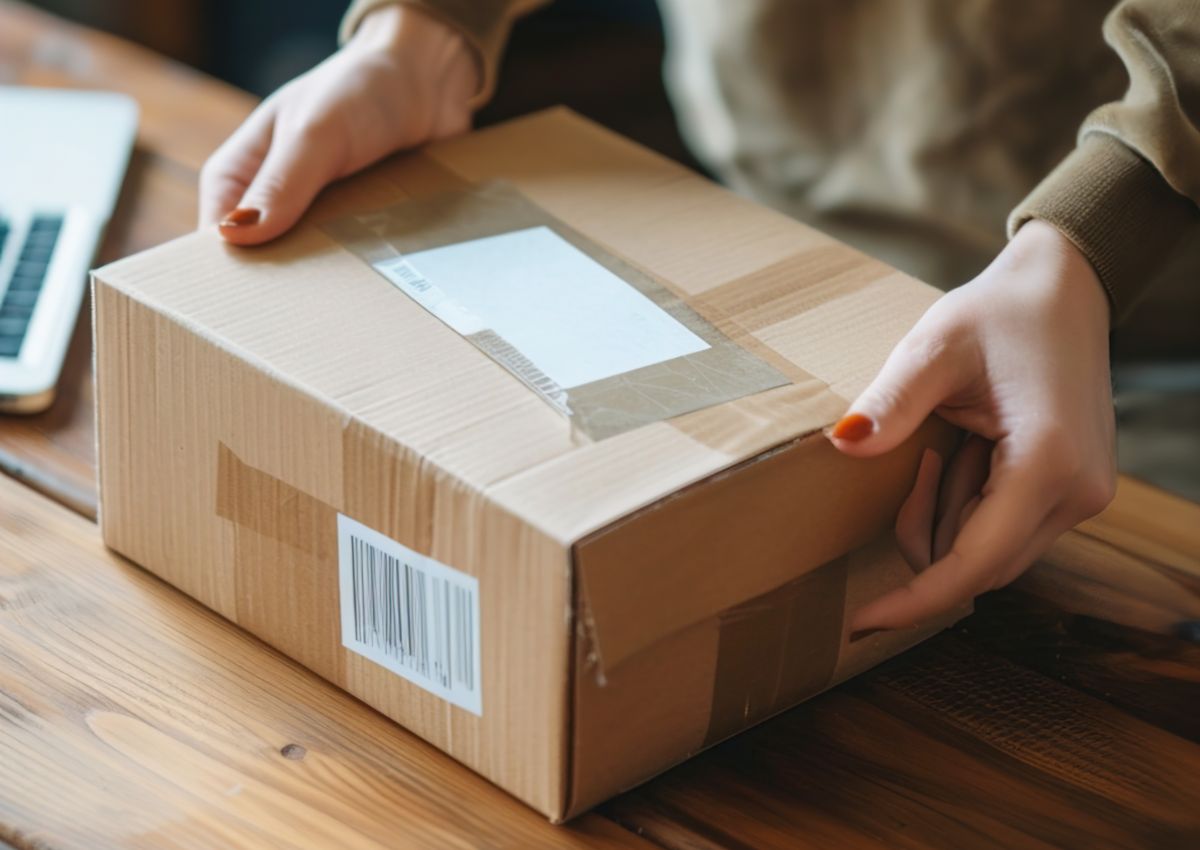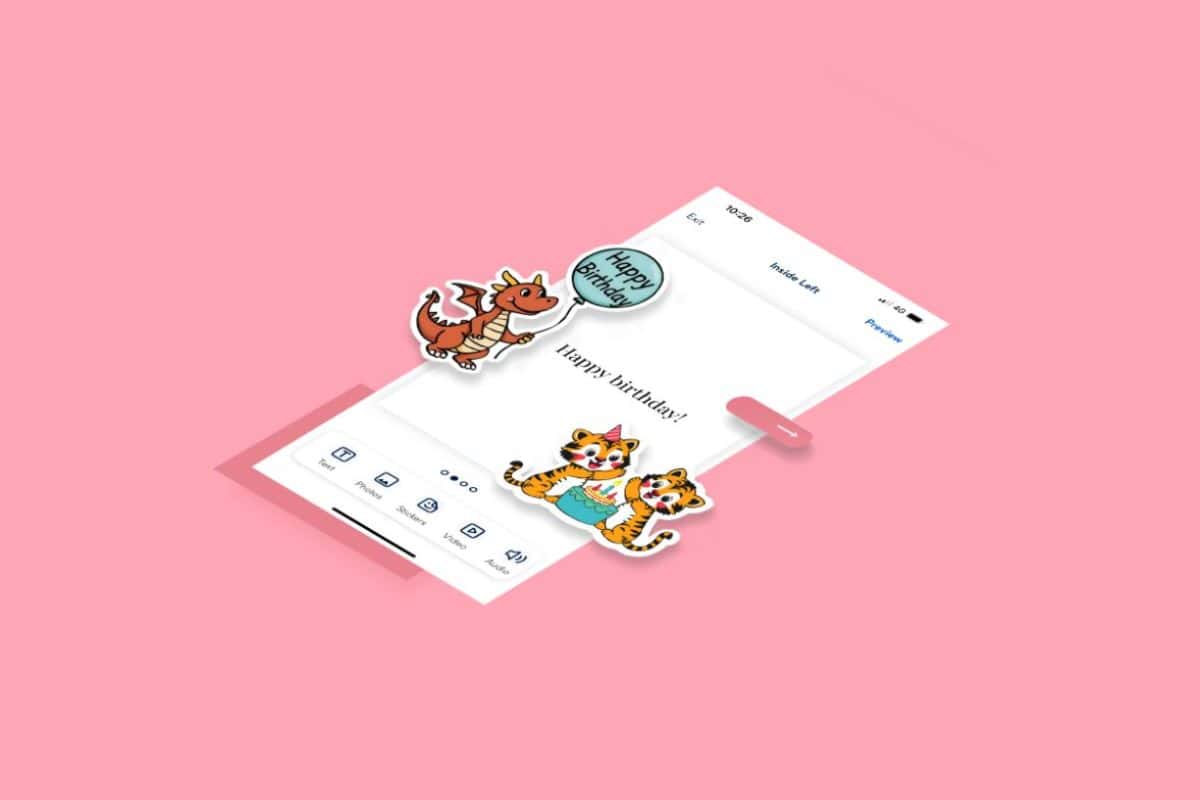BOOTS ADVANTAGE MOVES TO MOBILE
Boots has taken its Advantage Card digital so that shoppers can collect and spend their loyalty points straight from their mobile phones.
The loyalty scheme is now part of the Boots App, with the result that customers can scan to collect points, spend them in store and check their points total straight from their mobile phone. At the same time they can use personalised offers from the Boots app.
Helen Normoyle, marketing director at Boots UK, said: “We are continuing to build on the phenomenal success of the Boots Advantage Card. Digitising the card makes it more flexible and available, and gives customers more opportunities to tailor and personalise offers, making their shop even more rewarding.”
The Boots Advantage Card was launched in 1997, and now has 17.1m active members. The news that it has been digitised is one of a number of initiatives that the retailer, which is ranked Leading in IRUK Top500 research, is currently introducing as it looks to make shopping at Boots more personalised and relevant to its customers. It is to run in-store marketing along with a competition that offers points as prizes when shoppers use the Boots Advantage Card on their phone.
News of the loyalty upgrade comes soon after Boots’ latest figures showed 200,000 customers ditching their Advantage Card over the last financial year.
PAGE LOAD SPEEDS IMPACT GOOGLE RANKINGS
Websites that rank higher on Google tend to load faster and provide a smoother user experience on mobile according to a new Searchmetrics study conducted using Google’s open-source website auditing tool, Google Lighthouse. And higher ranking sites in general are more likely to use modern web technologies such as next-generation image formats and the newer, faster HTTP/2 web protocol.
The research also suggests that many sites appearing near the top of the search results are not doing enough to make their content accessible to people with disabilities, especially the visually impaired. This is despite an increasing number of lawsuits being filed against organisations for failing to comply with accessibility requirements.
The ‘Searchmetrics Google Lighthouse Ranking Factors 2019’ used Google Lighthouse to test the level of technical optimisation of high-ranking websites on Google. The research tested the top 20 search results on Google.com for 10,000 keywords, analysing how pages listed in the results performed in a variety of Google Lighthouse audits that measure technical optimisation.
It focused on four categories of optimisation that are covered by Lighthouse audits; Performance (which mostly covers various speed-related performance tests), SEO, Best Practices and Accessibility.
The study found that the faster a page can display its primary content on screen – ‘Time to First Meaningful Paint’ – the higher it tends to rank. Sites that appear on page one of Google display their primary content in 1.19 seconds on average, while those on page two do it in 1.29 seconds.
VODAFONE GOES LIVE WITH 5G
Vodafone will switch on its 5G network for both consumers and business customers in seven cities across the UK on 3 July 2019. In a worldwide first, Vodafone will also offer 5G roaming in the UK, Germany, Italy and Spain over the summer.
The UK is leading the way in adopting 5G, with Vodafone the first operator to name an official switch-on date. Vodafone is also creating digital innovation and incubator centres across the UK.
What does it mean for retail? 5G promises device speeds around 10 times faster than 4G, meaning high quality 4K video calls and downloads will be delivered even quicker to smartphones and tablets. Data transfer of less than 20 milliseconds will be standard, which is great news for mobile users like gamers, who up until now have had to rely on home broadband when playing online.
5G will also deliver response times of less than five milliseconds. For retailers this means more of everything and everything at high speed. It will allow for the use of public networks – in-store and out in the street – to carry the whole gamut of augmented and virtual reality (AR and VR) services, will allow for retailers to roll out all manner of in-store services and help consumers connect wherever they are.
Retailers themselves will also benefit, with 5G improving the connection between stores and warehousing, logistics, such as drone deliveries and driverless vans, and suppliers, as well as being the underlying technology that will make the Internet of Things (IoT) for retailers – think connected shelves, better personalisation and goods with RFID cards in them – a reality.




